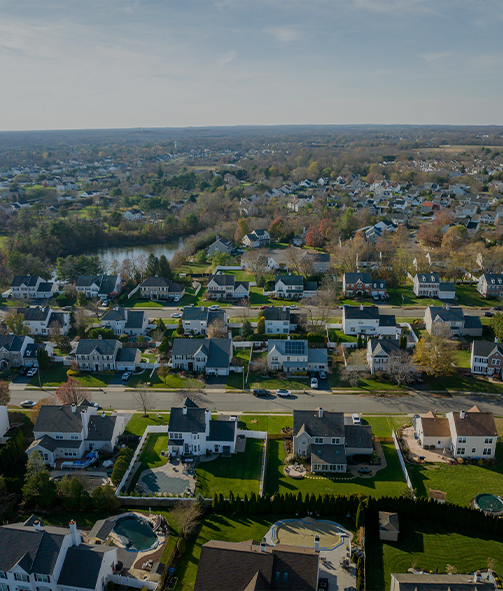Auto Negligence: The Duty to Make Observations
When people drive their motor vehicles, they have certain rights and assume certain obligations and responsibilities. That is, drivers have the right to enjoy the streets and highways, but they also must make proper and lawful use of this right. They must use it with reciprocal regard for the rights of others who may be driving upon the highway, and so as not to negligently injure other drivers and pedestrians that are lawfully upon the streets.
Generally, what this means is that a driver of an automobile is under the duty of exercising for the safety of others with a degree of care, precaution and vigilance in the operation of his/her car which a reasonably prudent person would exercise under similar circumstances. In essence, negligence is a deviation from this accepted standard of conduct. One common deviation is a driver failing to make observations while operating their vehicle.
A motorist is required to make such observations for traffic and vehicles which are in or may come into the motorist’s path of travel, as a reasonably prudent person would make. Here are just a few New Jersey Motor vehicle statutes that reflect this obligation:
- N.J.S.A. 39:4-125-Turning on curve, grade or place where view obstructed, or State highway marked with “no U-turn” sign.
- N.J.S.A. 39:3-74-Vehicle windshield must provide a clear, non-obstructive view and have wipers that are in good working order.
- N.J.S.A. 39:4-86- The driver of a vehicle shall not drive to the left side of the center line of a highway in overtaking and passing another vehicle proceeding in the same direction unless the left side is clearly visible and free of oncoming traffic for a sufficient distance ahead to permit the overtaking and passing to be made in safety.
The obligation for a driver to make reasonable observations extends not only to fellow drivers but also pedestrians and bicyclists sharing the roads. The rights and duties of drivers, pedestrians and cyclists are mutual and relative, and each is charged with a duty of reasonable care. As such, a motorist is required to make such observations for pedestrians who are in, or may come into the motorist’s path of travel, as a reasonably prudent person would make. The Motor Vehicle Act, N.J.S.A. 39:4-32 through 39:4-37.1, establishes statutory rights, duties and obligations of pedestrians and motorists.
If you have been injured in an accident on New Jersey roadways, you should contact an experienced attorney to seek legal representation and seek compensation. Accidents are complex matters and are taxing emotionally on those involved. A consultation with a personal injury attorney could help you get the necessary remedies to help move forward with your life.
